Big cats like tigers, lions, leopards, and jaguars are among the most iconic species on Earth. Beyond their majestic presence, these predators play a critical role in maintaining the health and balance of biodiversity hotspots—regions teeming with unique and threatened species. Protecting big cats is not only essential for their survival but also for preserving the delicate ecosystems they inhabit.
Big Cats as Apex Predators

Big cats are apex predators, sitting at the top of their food chains. Their role as hunters regulates prey populations, preventing overgrazing and maintaining vegetation health. By keeping herbivore numbers in check, they indirectly support a diverse array of plant and animal species, ensuring ecosystem stability.
Keystone Species in Their Ecosystems
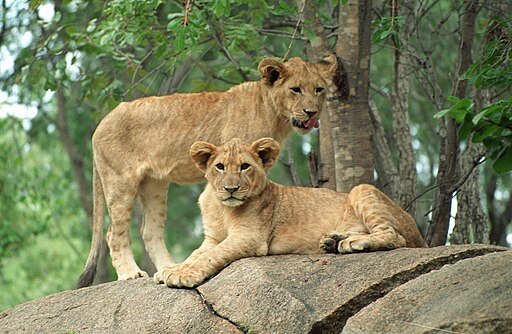
Big cats are considered keystone species because their presence significantly impacts the ecosystems they inhabit. For example, the presence of jaguars in the Amazon ensures a balanced food web, while tigers in Asia help sustain healthy forest ecosystems. Without these predators, ecosystems could collapse, leading to biodiversity loss on a massive scale.
Preserving Biodiversity Hotspots
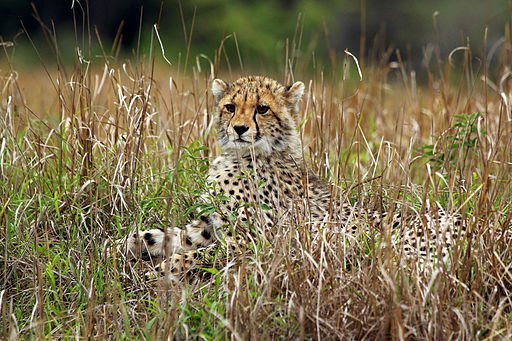
Many big cats live in biodiversity hotspots, such as the Amazon Rainforest, the African savanna, and the Himalayan foothills. These regions are home to thousands of unique species that rely on interconnected ecological relationships. Protecting big cats often means preserving large swaths of habitat, which benefits countless other species sharing their environment.
Threats to Big Cats and Their Habitats
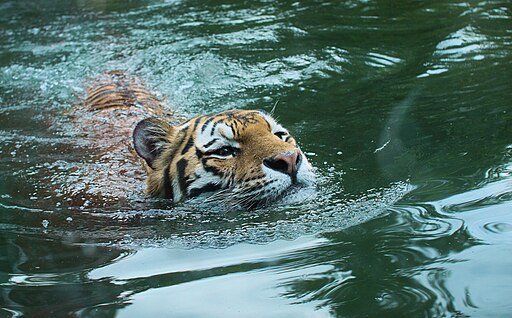
Big cats face numerous threats, including habitat loss, poaching, and human-wildlife conflict. As their habitats shrink due to deforestation and urban expansion, big cats are forced into closer contact with humans, increasing risks for both. Conservation efforts must address these challenges to safeguard not only big cats but also the biodiversity they support.
Conservation Efforts and Global Impact
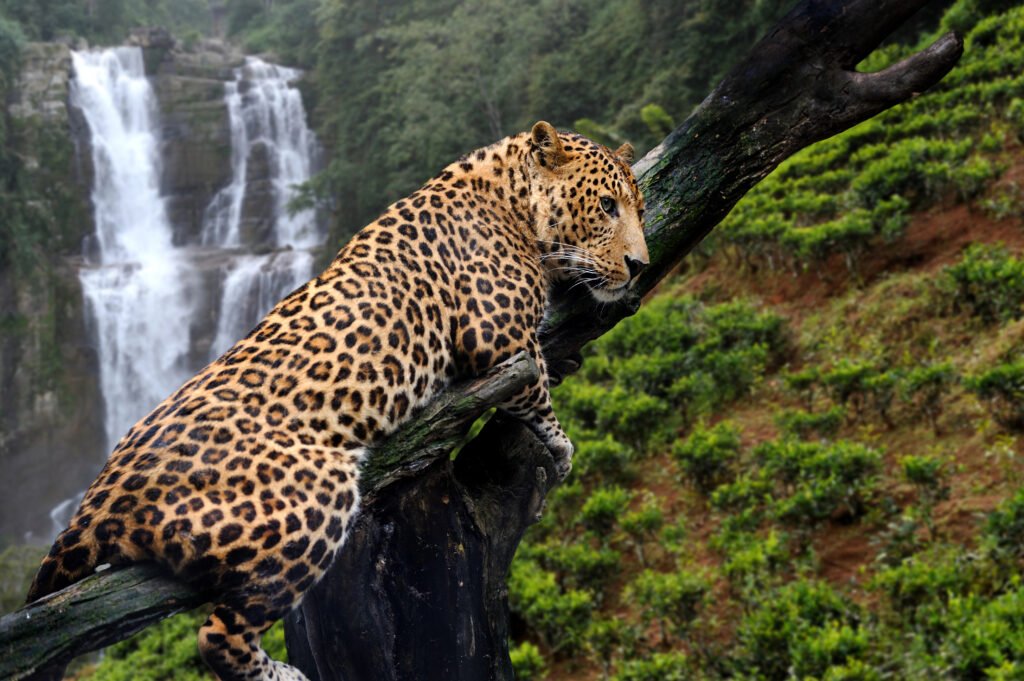
Efforts to protect big cats often involve establishing wildlife corridors, enforcing anti-poaching laws, and promoting sustainable land use. Organizations worldwide are working to mitigate human-wildlife conflict and raise awareness about the importance of big cats. These initiatives contribute to global biodiversity conservation, emphasizing the interconnectedness of ecosystems.
A Call to Action
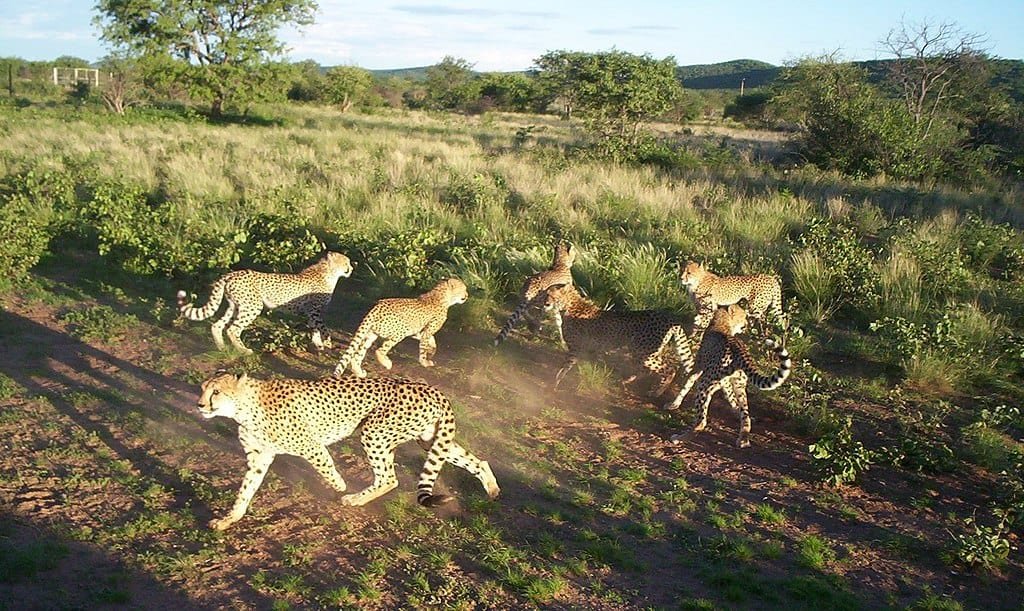
Protecting big cats is not just about saving individual species; it’s about preserving entire ecosystems that sustain life on Earth. By supporting conservation efforts, individuals can help ensure these magnificent predators continue to play their vital role in biodiversity hotspots. Big cats are more than just symbols of the wild—they are guardians of ecological balance.
The Future of Big Cats and Biodiversity
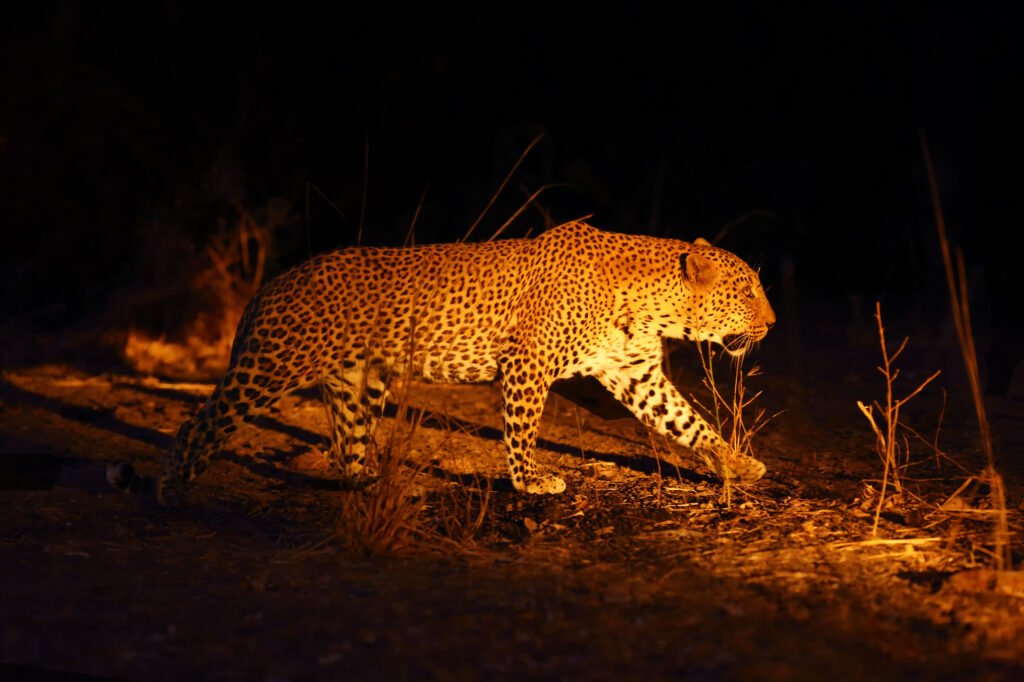
The survival of big cats is intricately tied to the health of our planet’s biodiversity. By prioritizing their protection, we can safeguard the ecosystems that provide clean air, water, and resources for all species, including humans. Protecting big cats is a commitment to preserving the beauty and balance of nature for generations to come.

Growing up traveling and experiencing new cultures and wonders, I have had a passion for nature, adventuring, photography, and videography. I am currently working towards a BSc in Biodiversity and Ecology at Stellenbosch University, and I hope to specialise in Marine Sciences one day.
Please send any feedback to Feedback@animalsaroundtheglobe.com






